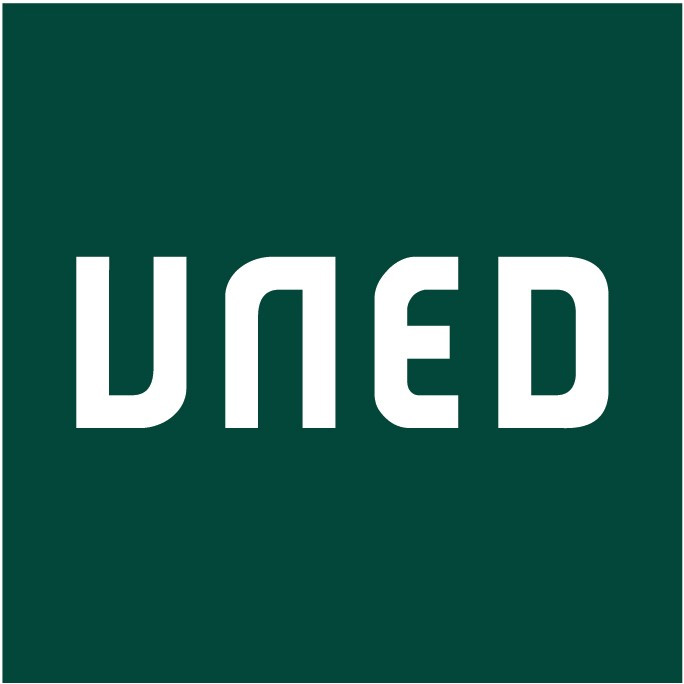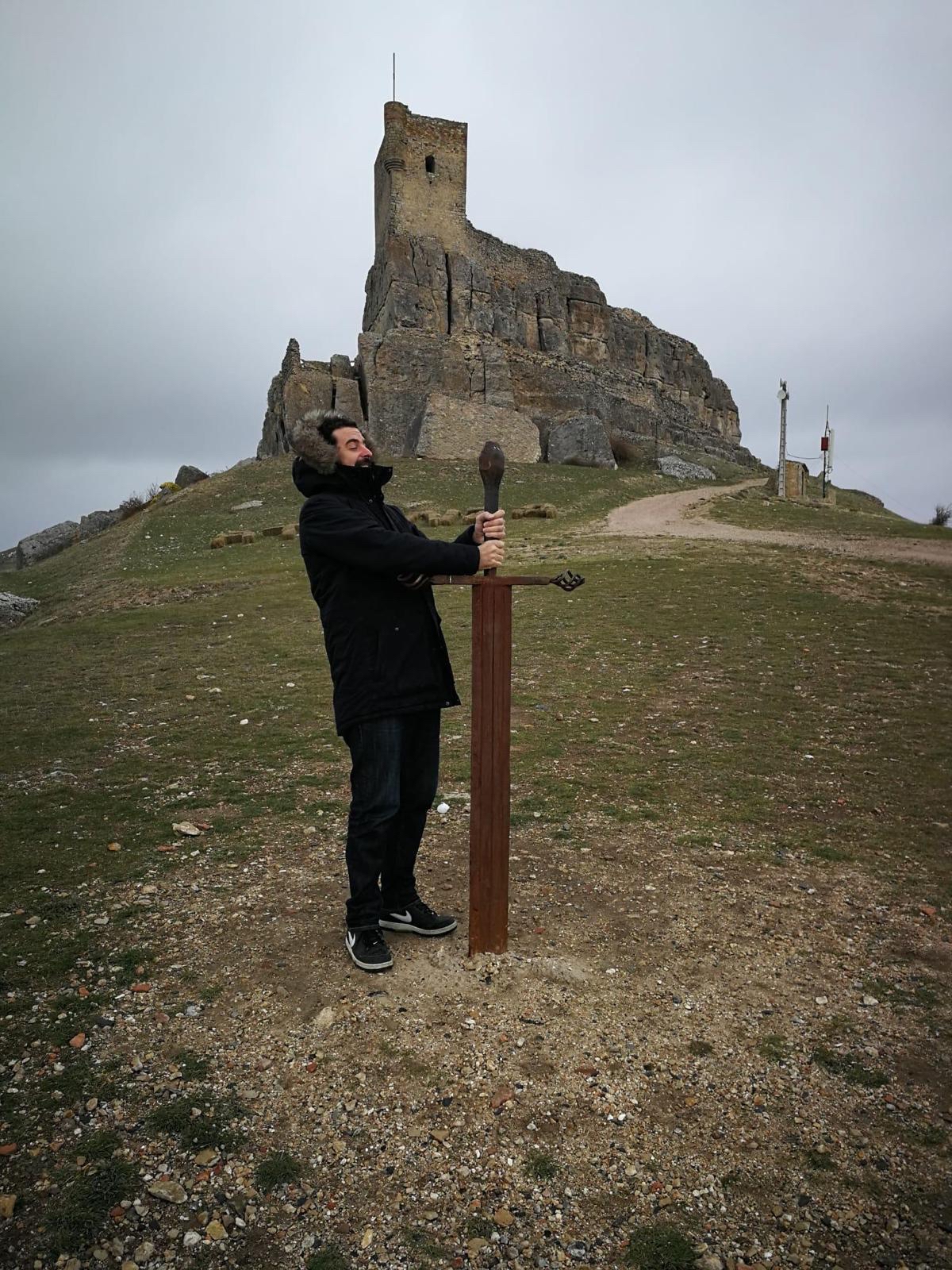Profile
My field of research aims to broaden the understanding of cardiac function and cardiovascular diagnostic techniques through the application of fluid mechanics and mathematical modeling tools. This philosophy has allowed us to delve into previously unknown aspects of cardiac physiology and propose new diagnostic tools for cardiovascular disease. You can download my resume/CV here.
Research Experience
Teaching @ UNED
At the moment I teach the following undergraduate courses .
Also I teach the following graduate courses .
Selected Grants (2/25)
Echocardiography is the most used imaging technique in cardiovascular medicine. Despite extensive research during decades, echocardiography is limited to predict accurately critical hemodynamic variables such as pulmonary mean and capillary pressures and cardiac output. Thus, invasive right-heart catheterization is still routinely performed to obtain these measurements. We hypothesize that an appropriately designed and trained deep-learning algorithm will improve the accuracy of current hemodynamic estimations derived from ultrasound. The main objective of this proposal is to settle the bases for a deep neural network for providing clinicians with reliable noninvasive estimators of cardiac hemodynamic data.
The overarching aim of this study was to implement, validate and transfer to the clinical practice new post-processing methods of cardiac-imaging flow data, in order to widen the characterization and understanding of cardiac physiology while targeting their clinical application. These methods are based on the measurement and quantification of the blood velocity fields inside healthy and diseased human left ventricles (LV), as well as in the indices derived from them.
Publications
You can find an updated list of my publications in Google Scholar or in Scopus
Awards
In 2015, I was awarded with the Parmley Prize by the American College of Cardiology along with my mentors Juan Carlos del Alamo and Javier Bermejo

